
Davin
The Engineer
Toronto — Canada
Summer, 2017
Davin Young is an Engineer for Compressed Air Energy Storage company — Hydrostor. They’re busy optimising a way of storing electricity in the form of compressed air, which can be stored by holding it underwater, or underground too.
Power taken from the grid is used to power a compressor which puts air under huge amount of pressure. This of course holds a huge amount of potential energy. When this air is stored efficiently under compression, it can be used later when it’s needed most, to spin a turbine and generate electricity again.
A prototype facility, built on Toronto Island gave them full proof of concept. Here, their first fully tested solution was to store the air in giant inflatable tarpaulin sacks, known as ‘HydroPods’, 50m down under Lake Ontario. Even the fish liked the inflatable bags, which offered them a similar protection from larger predators which a reef might also provide in the bigger ocean.
Now the team are working on their first full-scale production system which will use a cavern from a disused salt mine to store the air, essentially as a super-sized air battery. Their ultimate aim is to enable higher levels of renewable power to be used on the grid. And of course, turning a profit also helps.
The Engineer
Toronto — Canada
Summer, 2017
—
Davin Young is an Engineer for Compressed Air Energy Storage company — Hydrostor. They’re busy optimising a way of storing electricity in the form of compressed air, which can be stored by holding it underwater, or underground too.
Power taken from the grid is used to power a compressor which puts air under huge amount of pressure. This of course holds a huge amount of potential energy. When this air is stored efficiently under compression, it can be used later when it’s needed most, to spin a turbine and generate electricity again.
A prototype facility, built on Toronto Island gave them full proof of concept. Here, their first fully tested solution was to store the air in giant inflatable tarpaulin sacks, known as ‘HydroPods’, 50m down under Lake Ontario. Even the fish liked the inflatable bags, which offered them a similar protection from larger predators which a reef might also provide in the bigger ocean.
Now the team are working on their first full-scale production system which will use a cavern from a disused salt mine to store the air, essentially as a super-sized air battery. Their ultimate aim is to enable higher levels of renewable power to be used on the grid. And of course, turning a profit also helps.
“Personally, I engineer how the major components of our system all fit together. For example, how an air compressor integrates with a turbine and heat exchangers. I work with our vendors, who design, construct, and supply these devices, to get the most optimal design, so that when we finally put them all together in a CAES facility we can have a highly functional, robust and efficient system.
Engineered products require varying degrees of customisation. They can’t be purchased off-the-shelf like a smartphone or TV, and require specific attention from the purchaser combined with open dialogue with the vendor to ensure the product will function as required. I make choices, considering our most desirable outcome, the limits imposed by physics, the vendor’s manufacturing capability, and the cost implications associated with adding functionality.
Engineered products require varying degrees of customisation. They can’t be purchased off-the-shelf like a smartphone or TV, and require specific attention from the purchaser combined with open dialogue with the vendor to ensure the product will function as required. I make choices, considering our most desirable outcome, the limits imposed by physics, the vendor’s manufacturing capability, and the cost implications associated with adding functionality.
“I’m also the go to person for ‘hard math problems’. Whenever we face a challenge in our ability to predict the outcome a physical phenomenon, yet knowing it is a desirable business outcome, and the problem is in my realm of understanding, I will attempt to solve it. This usually involves reading what relevant research exists in academia, applying it to the situation at hand, modifying as required, solving if possible, and then finding some way to test the accuracy.
One of the most fun problems I got to solve was: “will blowing air through this pipe network flooded with water push enough of the water out to let the air flow?” This ended in me building a wooden basin with a transparent wall, making a scaled mockup of the piping networking, filling the whole thing with water like an aquarium and running “experiments” blowing different amounts of air through it using a tiny compressor.”
One of the most fun problems I got to solve was: “will blowing air through this pipe network flooded with water push enough of the water out to let the air flow?” This ended in me building a wooden basin with a transparent wall, making a scaled mockup of the piping networking, filling the whole thing with water like an aquarium and running “experiments” blowing different amounts of air through it using a tiny compressor.”
Explaining
the basics
of how
compressed
air energy
storage
works.
the basics
of how
compressed
air energy
storage
works.
A little background:
——
——
1 .
What is Energy Storage?Energy storage, in the electrical industry use of the term, is the conversion of electrical energy to some more latent, inert, and storable form of energy. Energy can never be destroyed, only converted. Following this rule, the electrical energy “consumed” by say a light bulb is really being converted by the bulb into light energy and heat energy.
Energy storage devices first convert electrical energy into some form of potential energy which can be stored in some way. Pumped hydro stations convert electrical energy into gravitational potential energy by pumping water from lower reservoir to a higher one. The system converts this back into electrical energy when it allows the water to rush to the lower reservoir in a controlled fashion through a turbine. The other forms of potential energy that are useful for large scale energy storage are chemical – employed by batteries – or mechanical potential – employed by Compressed Air Energy Storage (CAES).
2 .
Why Energy Storage?Energy storage is a critical component of electricity grids which generate a sizeable amount of their electricity from renewable sources (other than hydro). The reason for why storage is critical is that electricity needs to be consumed as it is produced. Too much, or too little electrical generation on the grid to meet the current demand causes blackouts.
With generation from fossil fuels, nuclear and hydroelectricity, the energy flow was predictable and with a subset of those sources, generation is dispatchable. Dispatchability gives the grid operator the flexibility to dictate to a generation facility that they increase or decrease power injection to the grid in accordance with changing demand.
Renewable power, unfortunately, is not nearly as predictable. The weather conditions at a wind or solar farm are what they happen to be and forecast are only so accurate. An energy storage facility or device adds flexibility to the grid by being able to both consume excess power on the grid (achieving the same functional aim on the grid as reducing generation) and can later supply that energy back to the grid on demand, reducing the need for fossil fuel generation, which are most often dispatched when more generation is required.
3 .
Why Compressed Air?When air is pressurized, and when it’s hot, it has more energy to do useful things than when its at a lower pressure and colder. CAES works by pressurizing air, storing it under pressure and then releasing it in a controlled fashion.
An air compressor sucks in regular old air from its surroundings and uses electrical energy to pressurize the air, it also gets hot in the process. The heat is stripped from the air and stored in a fluid that’s easier to hold onto the heat with. Then the air is stored in a pressurized container - think of a scuba bottle.
To generate electricity from this, the air can be released through a turbine, which looks like a fan, only the air rushing past it to the low-pressure atmosphere is what spins it. The turbine, in turn spins a generator which pumps electricity out to the grid. The heat is reinjected into the air prior to entering the turbine, because thanks to our good friend physics, this provides more energy to the turbine to create electricity with.
Some people don’t intuitively see how the energy is stored in the compressed air...
“This is where I like the scuba tank analogy. If one were to take a sledgehammer to the valve of a pressurized scuba tank, it would take off like a rocket from the air flowing out (one of the gimmicks Hollywood got right). CAES controls the release of the expelling air and instead of rocket power chaos, it powers a smooth electrical generator.”
How the system works:
——
——
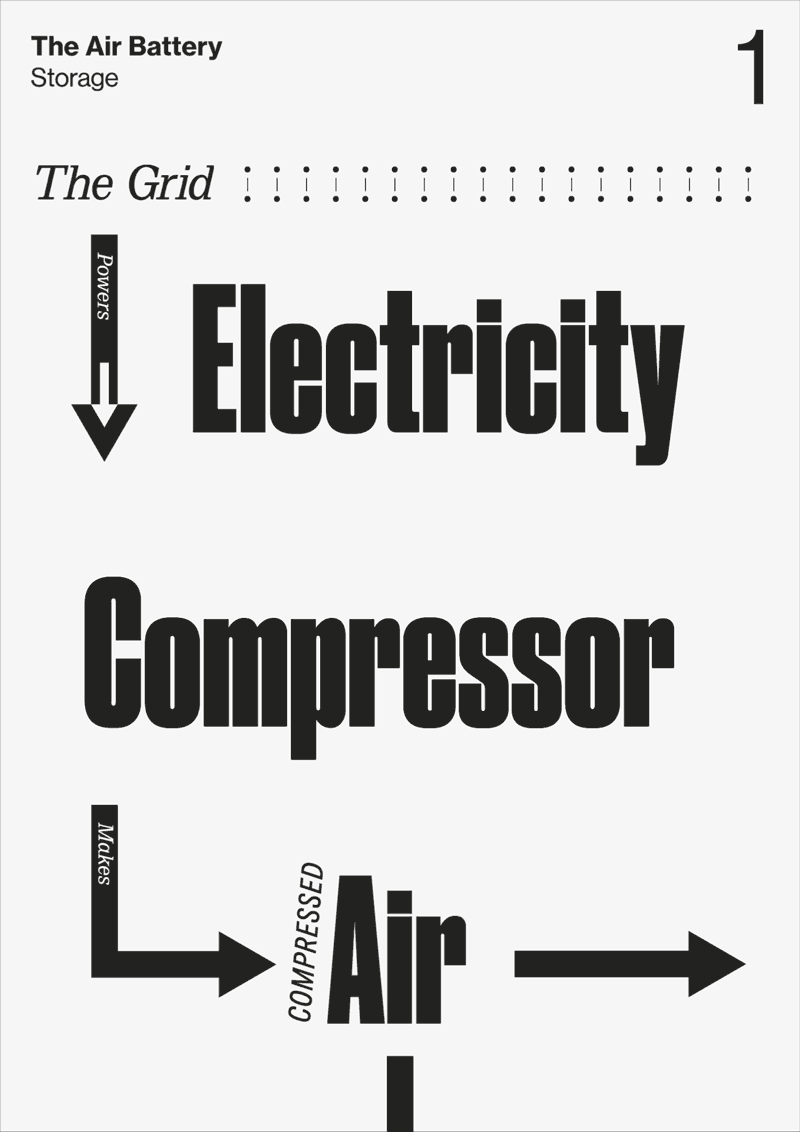

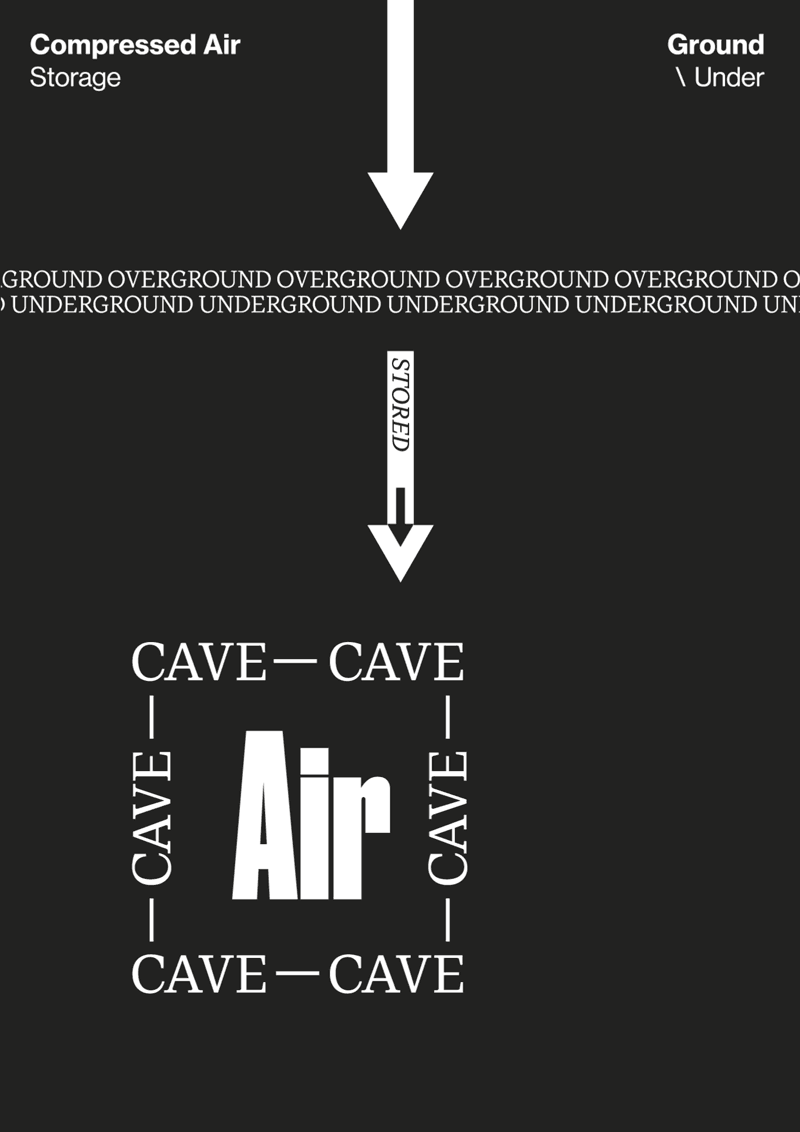
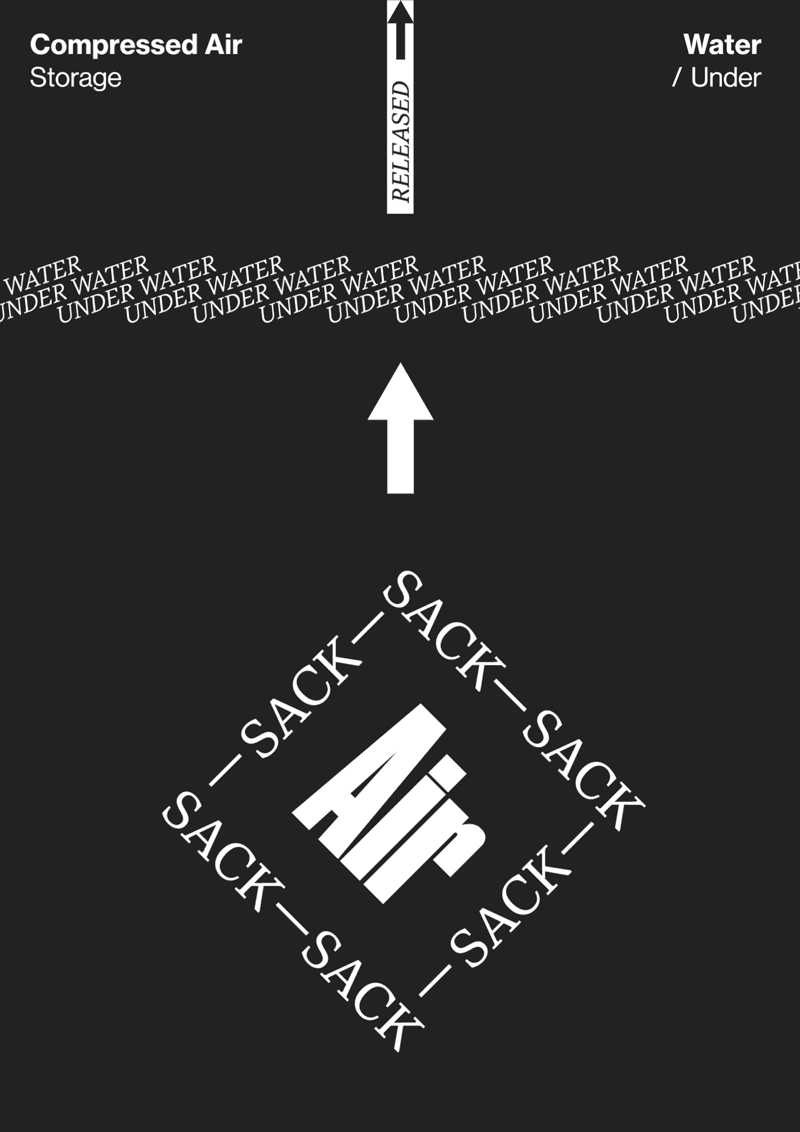

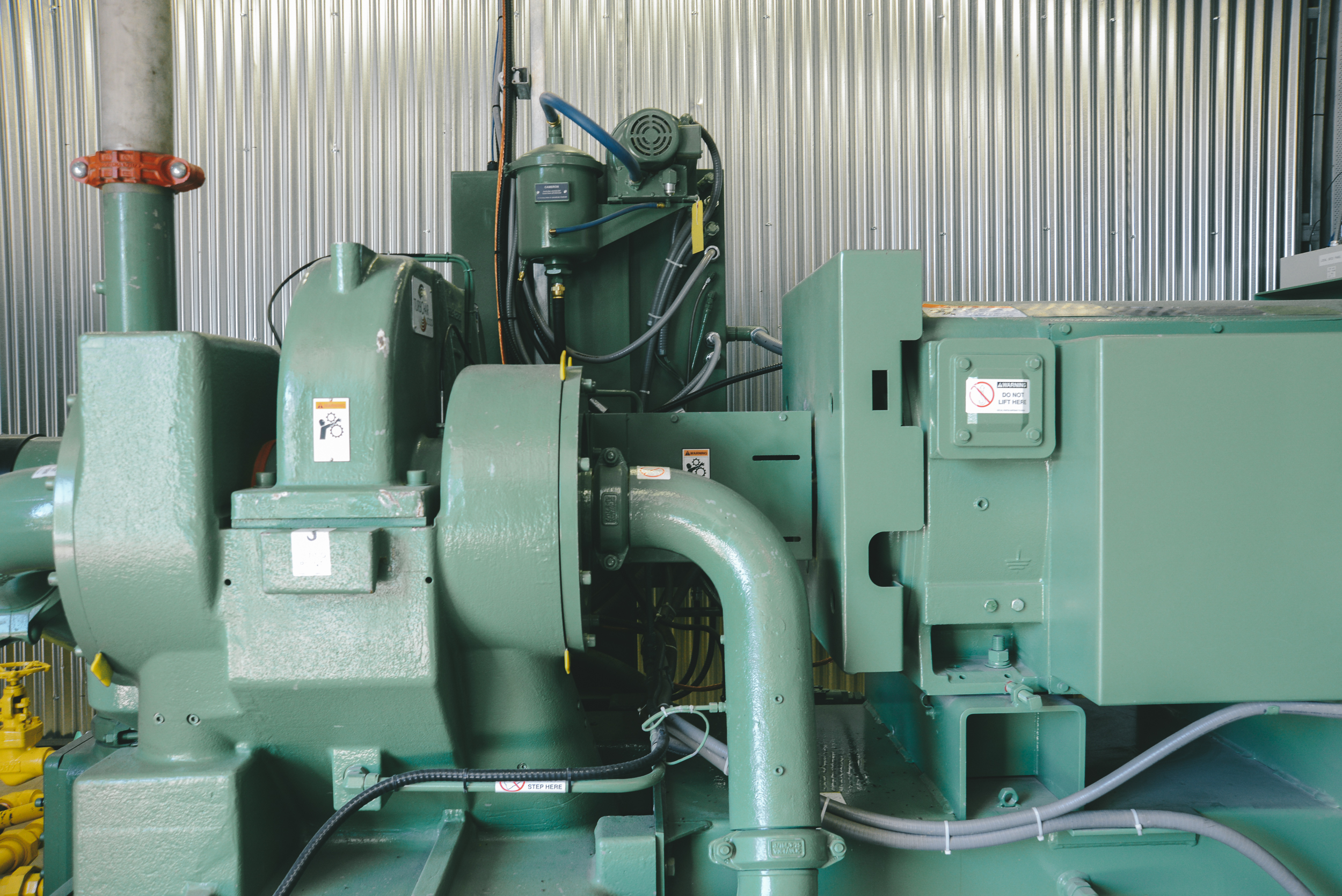

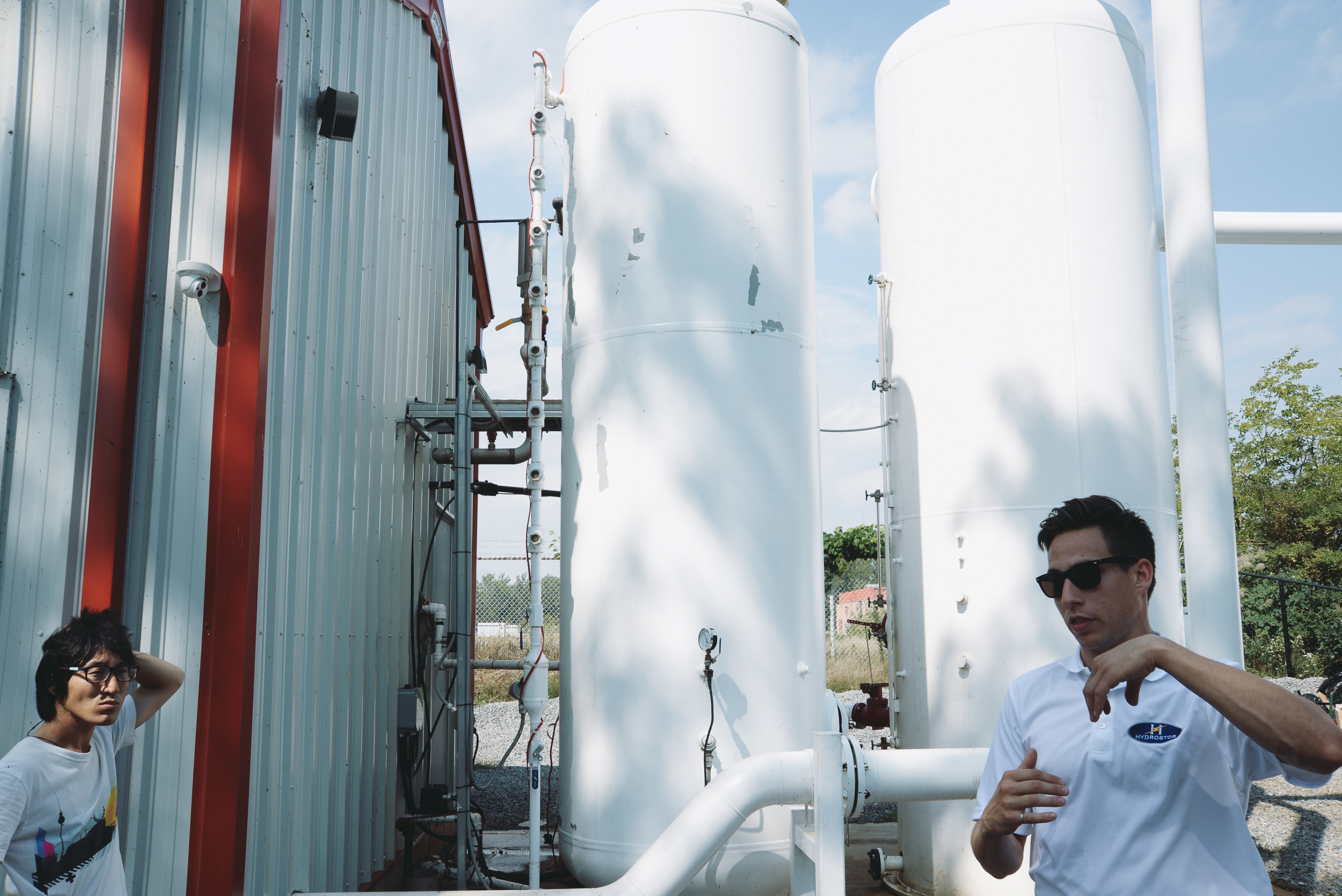
Above: The Hydrostor test facility, on the shores of Toronto Island.
— What caused you to follow this path?
“The sustainability movement is restricted. Those who make reasonable steps to live a ‘green’ lifestyle have a similar (albeit somewhat lower) impact to their neighbour who doesn’t give sustainability a second thought. The reason for this is so many decisions that affect our per person impact aren’t made by the individual, but by organisations who sometimes give much less consideration to environmental impact. Corporations tend to respond most strongly to their bottom lines, so unless sustainability aligns with these aims, it often is not their top priority.
Given corporations respond significantly to price, it occurred to me that the development of green technology which is cheaper than the non-green alternative will be adopted due to its price, with the green aspects acting as a bonus. When that technology is unknowingly used by large swaths of people (such as a generator on an electricity grid, or the motor driving the conveyor belt at a courier’s distribution facility) the benefit in reduction of impact can be massive. Developing green technology takes an understanding of the principles of engineering, math, physics, a bit of finance and a personality that isn’t too risk averse. That’s me.”
Given corporations respond significantly to price, it occurred to me that the development of green technology which is cheaper than the non-green alternative will be adopted due to its price, with the green aspects acting as a bonus. When that technology is unknowingly used by large swaths of people (such as a generator on an electricity grid, or the motor driving the conveyor belt at a courier’s distribution facility) the benefit in reduction of impact can be massive. Developing green technology takes an understanding of the principles of engineering, math, physics, a bit of finance and a personality that isn’t too risk averse. That’s me.”
“I want to reduce people’s impact to the environment in a significant way without them consciously needing to make a choice.”
— Do you have a better word for sustainable?
“To my rigorous definition: dynamic equilibrium. To the more colloquial use: nope, sustainability is a fantastically apt word. Afterall, energy can never be destroyed, only converted or wasted.”
— How big do you think this system could become?
“My hope is that Compressed Air Energy Storage (CAES) becomes a substantial part of the tapestry that will be the electricity grids of the future. Every grid is different and each of the various storage technology best fills a niche, with only some overlap. I hope to see the energy storage industry develop to point where it can support a 100% renewable grid with no major changes imposed on consumers, and I hope that CAES will fill the role of large scale energy storage with near site anywhere flexibility. Pumped hydro, the other large scale technology is not site anywhere. And batteries which are site anywhere, aren’t as cheap at the large scales as CAES.”
— Part of the green movement thus far has focused on ‘local’. How does this marry with big industrial parts being sourced and shipped from all over the world?
“ ‘Local’ as an idea is great and I agree with it in principle. However, not all commodities are made equally. With ideas such as ‘Local’ and ‘Organic’, they need to considered for their applicability to commodities on a case by case basis. While some commodities, like food, are best produced and sold locally, to reduce the overall environmental impact. Other commodities, such as the processing chip in your computer, would be unfathomably inefficient to produce locally, and would have a worse environmental impact if they were.
In the electricity system there is a lot of talk about distributed resources. By having small wind and solar generators everywhere, local power can be produced and used where needed, with less being wasted in transmission. The SW United States is a great place to have distributed solar. In British Columbia it would be terrible. In certain places, large centralised power systems have huge efficiency advantages, such that the amount of material consumed in the production and supply of electricity, and thereby the environmental impact, is substantially lower than a distributed system.
One easy example of this is to consider that a solar panel requires a device called an inverter to convert its inherent direct current electricity to the alternating current electricity used by homes and the grid. The inverter that a single solar farm would require for a certain number of panels would be more efficient and contain less material than the aggregate of the inverters required for the same number of panels in a distributed arrangement.”
In the electricity system there is a lot of talk about distributed resources. By having small wind and solar generators everywhere, local power can be produced and used where needed, with less being wasted in transmission. The SW United States is a great place to have distributed solar. In British Columbia it would be terrible. In certain places, large centralised power systems have huge efficiency advantages, such that the amount of material consumed in the production and supply of electricity, and thereby the environmental impact, is substantially lower than a distributed system.
One easy example of this is to consider that a solar panel requires a device called an inverter to convert its inherent direct current electricity to the alternating current electricity used by homes and the grid. The inverter that a single solar farm would require for a certain number of panels would be more efficient and contain less material than the aggregate of the inverters required for the same number of panels in a distributed arrangement.”